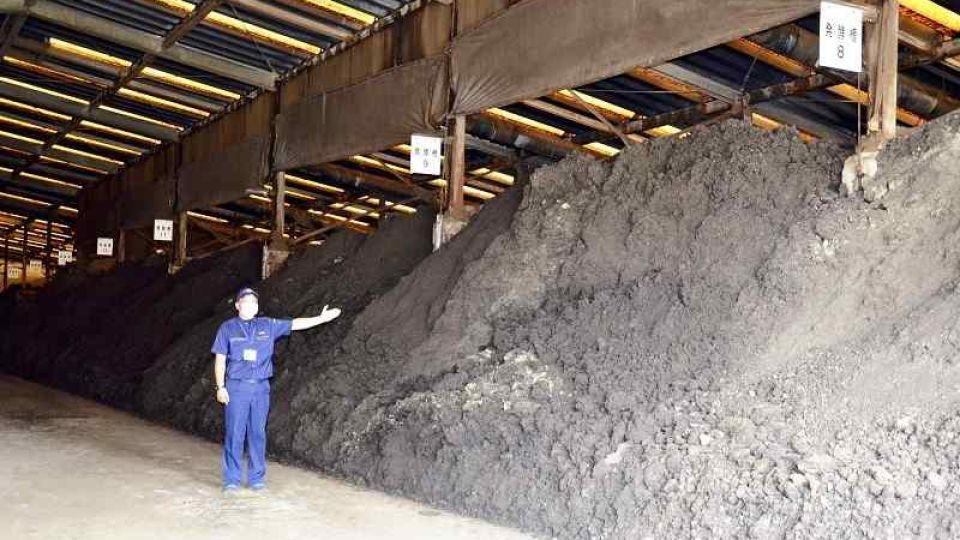October 10, 2022
TOKYO – As prices for chemical raw materials continue to soar, the government is working toward using sludge generated by the sewage treatment process as fertilizer.
Chemical fertilizers are ubiquitous in the farming realm, but Japan relies on overseas imports for related raw materials such as urea and potassium chloride. Due to the ongoing war in Ukraine, among other factors, prices for these materials have skyrocketed.
By promoting the domestic production of fertilizers, the government aims to keep prices down to prevent higher food bills and protect agricultural businesses from negative impacts.
The government plans to include measures to advance domestically produced fertilizer in a comprehensive economic stimulus package to be compiled in October. Prime Minister Fumio Kishida has already instructed relevant government bodies to formulate measures aimed at reducing Japan’s dependence on chemical fertilizers and rework the economic structure to make it more resilient to such challenges as energy and food crises.
According to the Land, Infrastructure, Transport, and Tourism Ministry, only about 10% of the roughly 2.3 million tons of sewage sludge discharged annually in Japan is used as fertilizer, after undergoing dewatering and fermentation. Farmers’ reticence to reuse sewage sludge is partly down to concerns that heavy metals such as cadmium and mercury could concentrate in the wastewater. Additionally, sludge fertilizer has a somewhat negative image, and factors such as its strong odor have hindered uptake among agriculturalists.
The ministry has allocated ¥31 million in its budget request for fiscal 2023 to help expand the use of sewage sludge fertilizers. The ministry plans to dispatch staff to facilities that convert sewage sludge into fertilizers to analyze their chemical makeup with the aim of publicizing the safety and characteristics of such fertilizers, which are rich in nitrogen and phosphoric acid, and aid greatly in growing crops. To accelerate the initiative, the ministry will work in tandem with the Agriculture, Forestry and Fisheries Ministry.
Fertilizers made from sewage sludge have an attractively low price. For example, Saga City processes all its sewage sludge into fertilizer, which is then sold for ¥2 per kilogram.
The Saga City Sewage Purification Center — which processes 20 million tons of sewage water annually — removes sludge from sewage water, dewaters it, then ferments and mixes it at 90 C or higher. Through this process, bacteria and weed seeds are killed, thus eliminating odors. Each year, the center transforms about 8,000 tons of sludge into 1,400 tons of fertilizer.
According to the city government, more than 3,000 people purchase the fertilizers annually. The fertilizer sells out every year, and this year — even in June, when sales usually drop — the sales volume was 122 tons, up 84 tons from the previous year. The figure for August was also high at 136 tons, up 88 tons year-on-year.
The central government sees its plan as having two positive outcomes: the domestic production of fertilizers and consistently low prices. Looking to the future, the government hopes that all sewage sludge can be turned into fertilizer in areas where demand is high.

